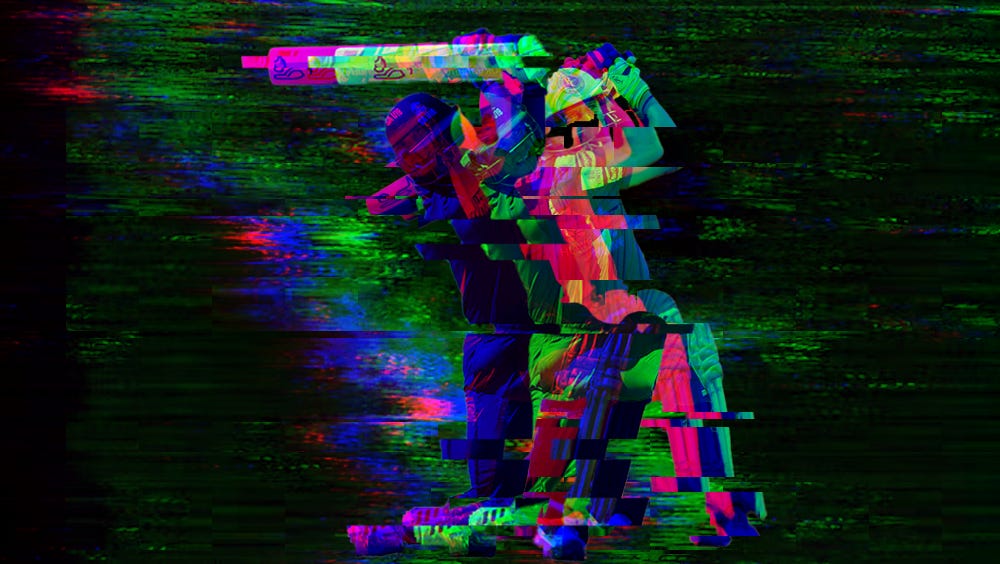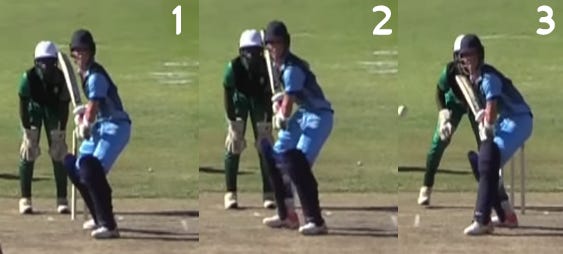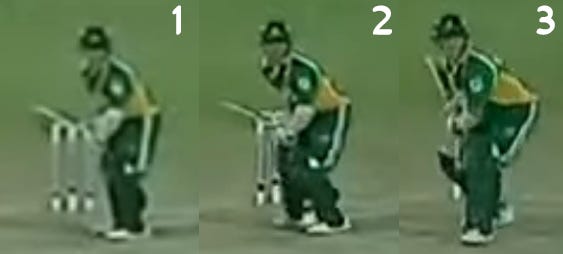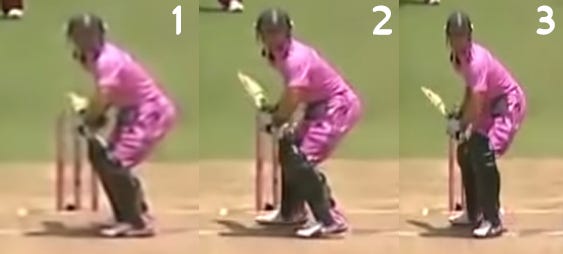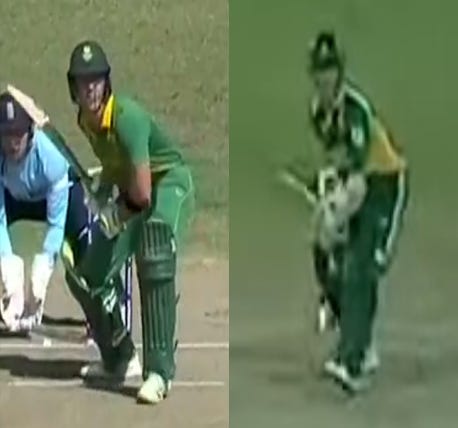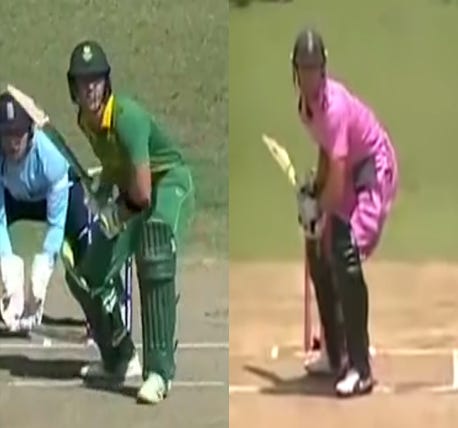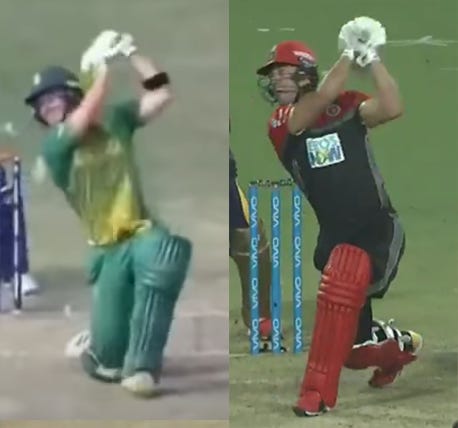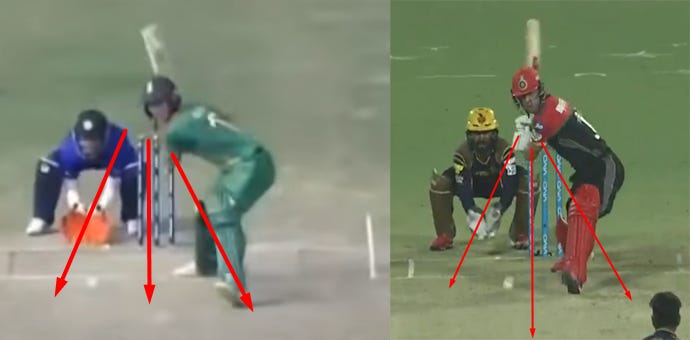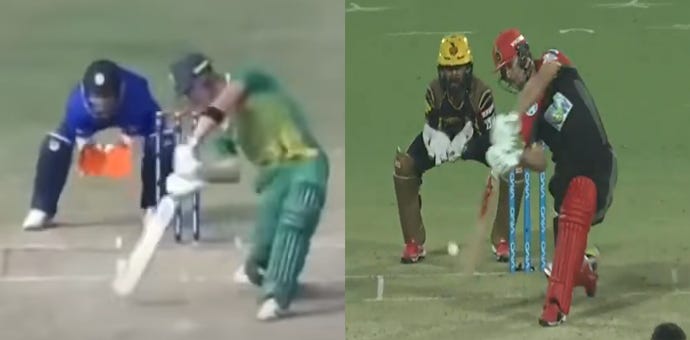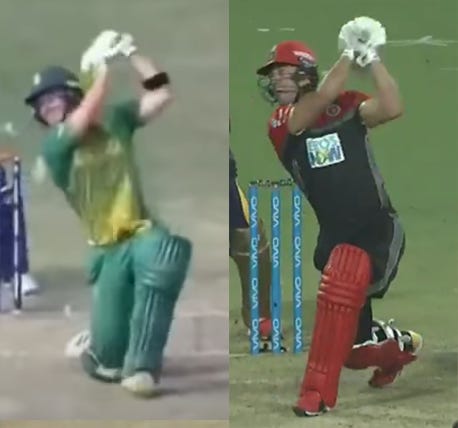Weekly Talent Spotlight #11: Dewald Brevis
With nicknames such as "Baby AB" and "AB 2.0", how talented is the 18 year old from Johannesburg?
DISCLAIMER: THIS WEEKLY TALENT SPOTLIGHT EDITION IS FOR THE WEEK OF 15TH JANUARY-21ST JANUARY. IN THE AIR DOES NOT INTEND TO PUT PRESSURE ON DEWALD BREVIS WITH THE DE VILLIERS COMPARISONS.
Ever since AB de Villiers bowed out from professional cricket, fans and greats alike have shared the opinion that there will never be a batsman like de Villiers again or someone that can come closer to the maestro. Conducting every innings like a pitch-perfect soap opera in his day, does Dewld Brevis too possess that potential?
Career and Early Life
The 18 year old has always idolized de Villiers growing up, playing with the same jersey number as him, 17 and Brevis’ mother even knitted an AB de Villiers shirt for him. During lockdown, de Villiers would often take the time out to give him advice on his technique. de Villiers has been mentoring Brevis for about two years now.
Brevis also has aspirations to play for the same IPL franchise as his idol: the Royal Challengers Bangalore. He met his idol for the first time when he paid a visit to his school.
"AB (de Villiers) came to our school. Schalk Engelbrecht (the 2021 South Africa schools captain), and I just ran to the room because we wanted to be near AB. We sat and listened to the most amazing stories and afterwards we walked out with AB. I took a chance and asked him for his number and he gave it to me."
de Villiers began mentoring Brevis after a fanboy moment in Culture Club, a restaurant in de Villier's’ hometown Pretoria.
Brevis has played for Northerns at the U13 level, who play at the Division Two level in South Africa’s domestic system. Hailing from Johannesburg in the Gauteng province, he has attended Afrikaanse Hoër Seunskool, whose alumni include AB de Villiers, Faf du Plessis, Jacques Rudolph and New Zealand international Neil Wagner. All of them (including Brevis), were coached by Deon Botes.
In February 2021, Brevis played for the Titans Club in the CSA Cubs Week, the same domestic franchise de Villiers represented during his playing career, and played a role in their campaign as eventual runner-ups to the Cobras Club, with 186 runs across 5 matches at an average of 37.20 whilst striking at 96.88, one of the highest in the tournament. Brevis’ 186 runs also included 21 fours and 6 sixes.
Brevis had a stint with the South Africa U19 team in the 2020/21 CSA Provincial 50 Over Programme. Playing 2 matches, his top score was of 54* against Northerns, scoring it off 40 deliveries which included 4 fours and 4 sixes at a strike rate of 135.00.
Brevis also played in the 2021/22 CSA Provincial T20 Cup 7 months later for South Africa U19. Again making 2 appearances in the tournament, he scored 62 runs with a top score of 46, averaging 31 odd whilst striking at 167.56. Brevis’ top score came against Easterns, scoring it off 25 deliveries at a strike rate of 184.00, including 2 fours and 4 sixes.
How Similar is Brevis to de Villiers?
To find out just how similar is Brevis to his idol, we will be creating contrast from various stages of current day Dewald Brevis, de Villiers on his ODI debut (so February 2005), and de Villiers during his iconic Pink Day century against the West Indies in January 2015.
Dissecting the technical aspects of all three trigger movements, we can see that the eyes are level, which is mandatory. If the eyes are not level with the head and it is shifting across, the batsman is falling over in the shot, meaning it is difficult to stay in one line and stay side-on to the ball.
Brevis has an active movement trigger, meaning he moves across and moves both the back foot and front foot, while de Villiers has a set movement trigger in both exhibits, where he gets into an active position from his stance.
Brevis’ trigger movement is a hybrid of both of the aforementioned de Villiers trigger movements, with his initial stance almost completely identical to that of the ODI debut de Villiers, opening up just like the Pink Day de Villiers in the second movement, and completing the movement just like ODI debut de Villiers.
In all three neutral positions, we can see that they all possess a low backlift, which helps in better digging out yorkers.
ODI debut de Villiers’ neutral position sees his front foot up on offer, making him have a closed stance.
Brevis’ head is more level than ODI debut de Villiers, ensuring that Brevis is able to track every single movement of the ball accurately.
Brevis has a conventional stance, while de Villiers has a narrow stance in both instances. With a conventional stance, Brevis is able to have access to both the front and back foot at the same time, and can make adequate technical adjustments to be dominated on one side if needed (so opening the front foot to be more legside or keeping the feet nice and closed to be offside dominant).
Brevis has a conventional stance because his feet are shoulder width apart (meaning there is space between the feet).
Brevis has a more middle stump guard, while both ODI Debut de Villiers and Pink Day de Villiers have a leg stump guard.
Both the shot selection and follow thru for ODI debut de Villiers, Pink Day de Villiers and Brevis are identical. Whenever they play the cut, pull and loft strokes, they exhibit a full follow thru, with their bat going all the way back after playing the stroke. Their drives sometimes exhibit the full follow thru, and on other occasions they are check shots, where they do not fully follow thru.
The unorthodox shots (sweep, reverse sweep, shuffle, switch hit) of each are also identical, exhibiting a check shot.
We will now compare their hitting mechanics, which is composed of the upswing, downswing, contact and follow thru, by comparing their inside out drives.
At the upswing of both players, we can see that the front leg is cleared, which is a vital component of power-hitting. This gives them the freedom to strike any region of the park, as there is no hindrance to the bat swing and gives them easy access to the ball (as shown in the exhibit above).
Brevis widens his stance more than de Villiers in this stage. Widening the stance is ideal for power hitting, as it already allows you access to the ball without having to move again (ie the batsman is powerful from his base).
de Villiers’ backfoot is bent during this stage, while Brevis’ backfoot isn’t. The backfoot being bent is crucial for weight transfer, otherwise the stroke will fall through.
Their bat downswing path begins at nearly the same position. The front leg being cleared helps in smoothly transitioning into the downswing stage, and also helps in packing power and timing.
At the contact stage, we can see that Brevis’ backfoot is now also bent just like de Villiers. de Villiers’ backfoot is more pushed to the left than Brevis’ backfoot. Both also have a similar posture.
With the backfoot being bent and the front leg cleared, smooth weight transfer and power transfer respectively are possible, so the stroke being struck by the edge of the bat does not count as a margin of error, as the shot does not end up falling through.
Both exhibit a very near identical follow thru. Both of them complete their follow thru (with the bat ending up behind their back).
A similar modus operandi is present for most of the duo's other powerhitting strokes.
Why was Brevis selected for Weekly Talent Spotlight?
In the week of 15th-21st January, Brevis scored 265 runs in the U19 World Cup at a strike rate of 80.06 whilst averaging 88.33, with 24 fours and 7 sixes to his name, with a top score of 104 against Uganda U19, all while displaying his huge array of shots in his repertoire, and taking some fans down memory lane in the process with the fairly eerie resemblance to Mr.360.
IPL franchises have already identified Brevis’ raw talent and the tremendous upside he brings to the table, as he found himself on the first page of the IPL Mega Auction shortlist for a base price of 20 lakh INR (approximately $27,000 USD).
Whether its for England, Namibia, New Zealand, Surrey or his homeland, it is very likely that in front of our eyes, we are seeing the molding of a quality talent that will be a treat to watch in the coming years, just like his idol-cum-mentor.




